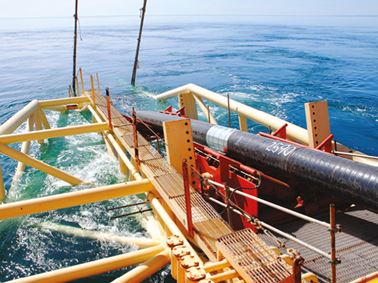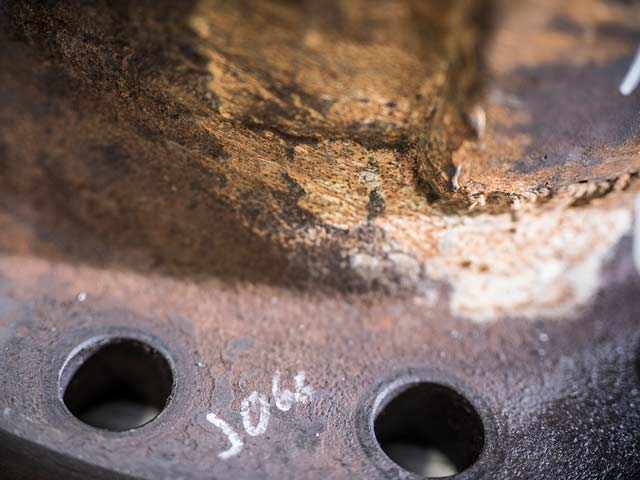In the Oil & Gas industry, key asset failure can have significant consequences that reach far beyond a loss in production. Element’s failure analysis experts help you to understand the causes of asset failure, advise on remedial action and support you in any potential litigation you may face.
Root cause analysis for the Oil & Gas industry
Our failure analysis services are delivered by highly qualified metallurgists, chemists, materials scientists, engineers, and technicians. We are experts in detailed failure analysis of assets in the oil & gas industry. Such as analysis of pipelines, drilling equipment, pumps, valves, and seals from material defects, fracture, errant heat treatments, overloading, fatigue, corrosion, embrittlement, and environmental damage.
Should a failure affect your infrastructure, our experts will work with you to determine the root cause of the failure and provide you with detailed insights and recommendations to prevent the failure from occurring again, regardless of its original cause.
Why Choose Element?
Our experience covers a wide range of metallic and non-metallic materials and uses an extensive range of proven failure analysis techniques and applications. Our materials expertise covers wrought, cast and powder metals, cast irons, steels, aluminium, nickel, titanium, copper, magnesium, molybdenum, carbon steel, polymers, rubbers, elastomers, and composites.
The unique combination of our expertise in materials selection and application, manufacturing processes, fracture mechanics, and the impact of service environment can have on a material or product, that enables Element to rapidly deliver comprehensive answers to services’ failures and provide practical resolutions to future manufacturing challenges.
For more information about our failure analysis services or to request a quote, contact us today.
Failure Analysis in the Oil and Gas Industry
This on-demand webinar provides real-life case studies and gives answers to questions, including what causes a component to fail? How do I conduct a failure investigation, and how can I prevent failure from occurring?
Read MoreWebinar: Criticality of Failure Analysis in the Energy Industry
Element’s experts for Failure Analysis in the Energy industry explain during the on-demand webinar how Failure Analysis is being performed, and its benefits by providing real-life case studies from around the world.
Read MoreFailure Analysis of Pipeline Coatings
This free white paper includes an extensive case study of the failure analysis of a 12-inch diameter Fusion Bonded Epoxy (FBE) coated steel pipe that showed blistering of the coating and corrosion on the surface.
Read MoreServices for the Energy sector

Oil & Gas
Element's global platform of laboratories offers advanced services designed to test and qualify materials intended for use within the environments of the future.

Corrosion Testing Services
Find out about Elements extensive corrosion testing expertise in the Energy industry across a global network of laboratories.

Energy Coatings Testing
We offer world-class materials expertise in polymers, elastomers, thermoplastics, composites and structural adhesives.

Weld Testing for the oil & gas sector
Element offers weld testing services to simulate conditions for welds and offshore components and their behavior in the field, including increased temperatures, higher pressures, corrosive conditions, and deepwater environments.

